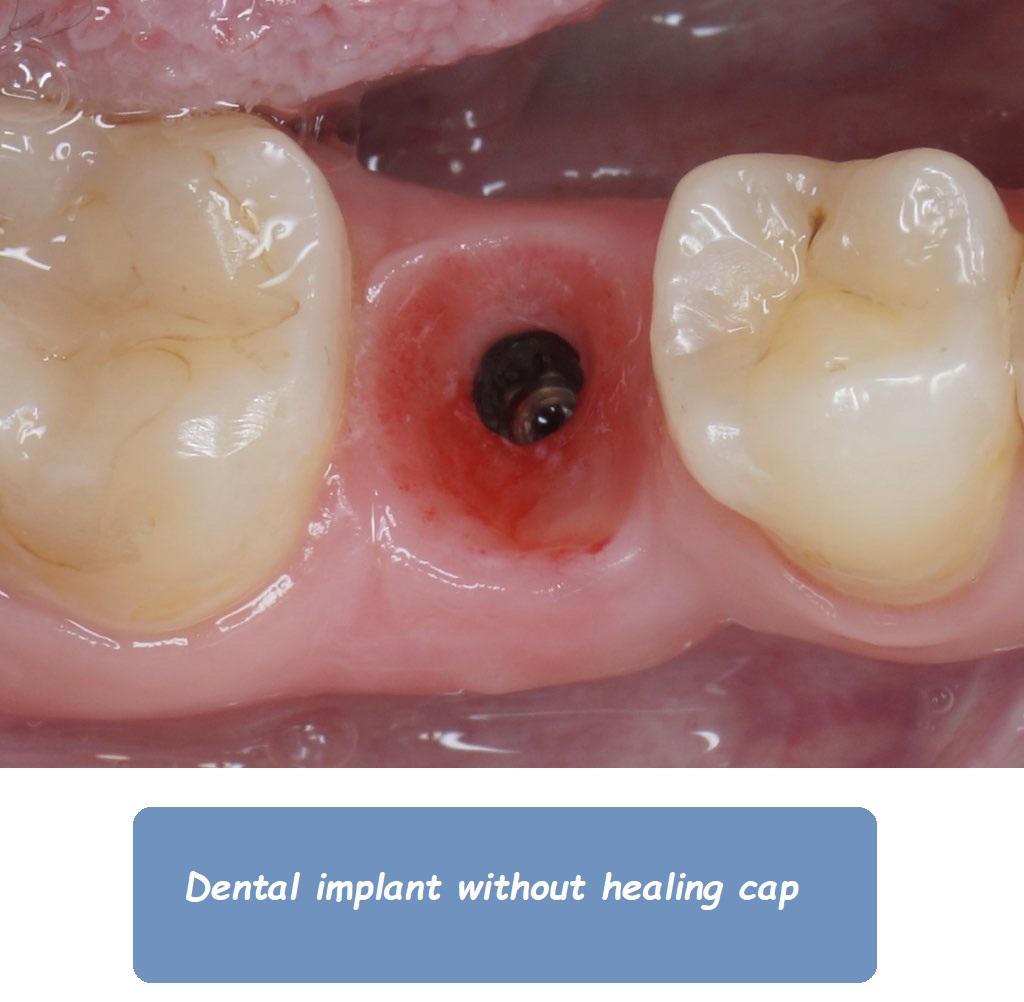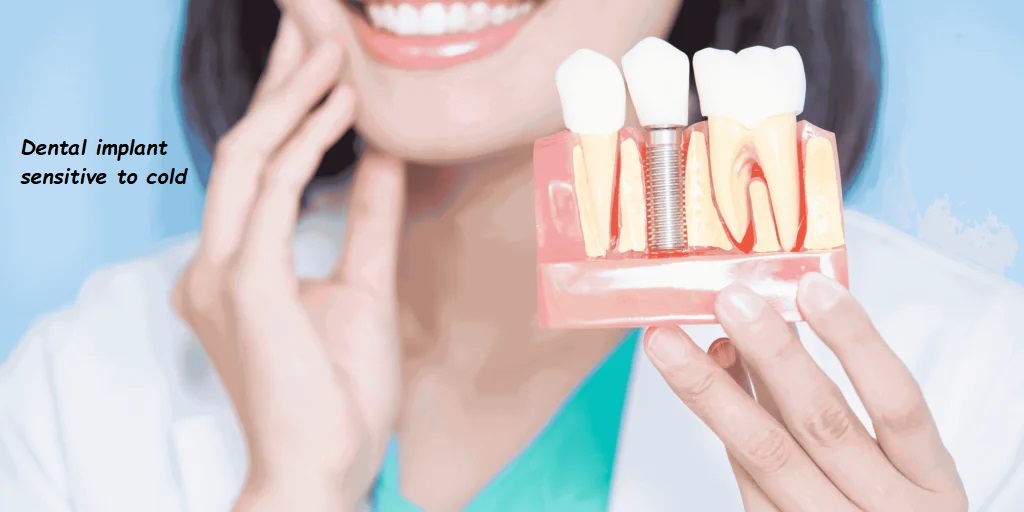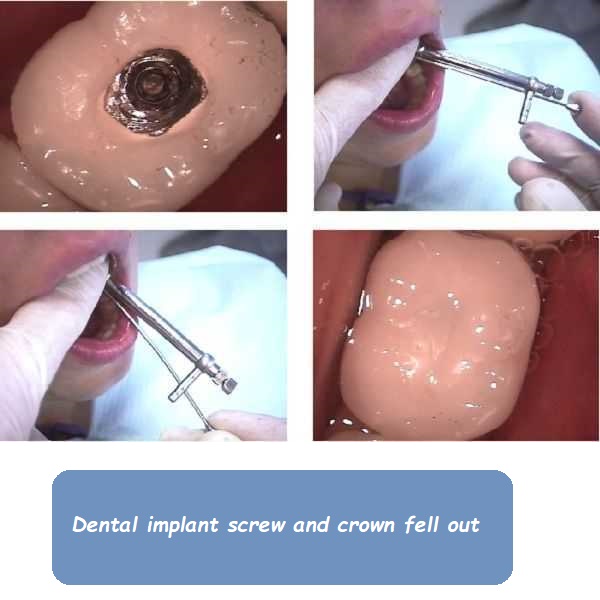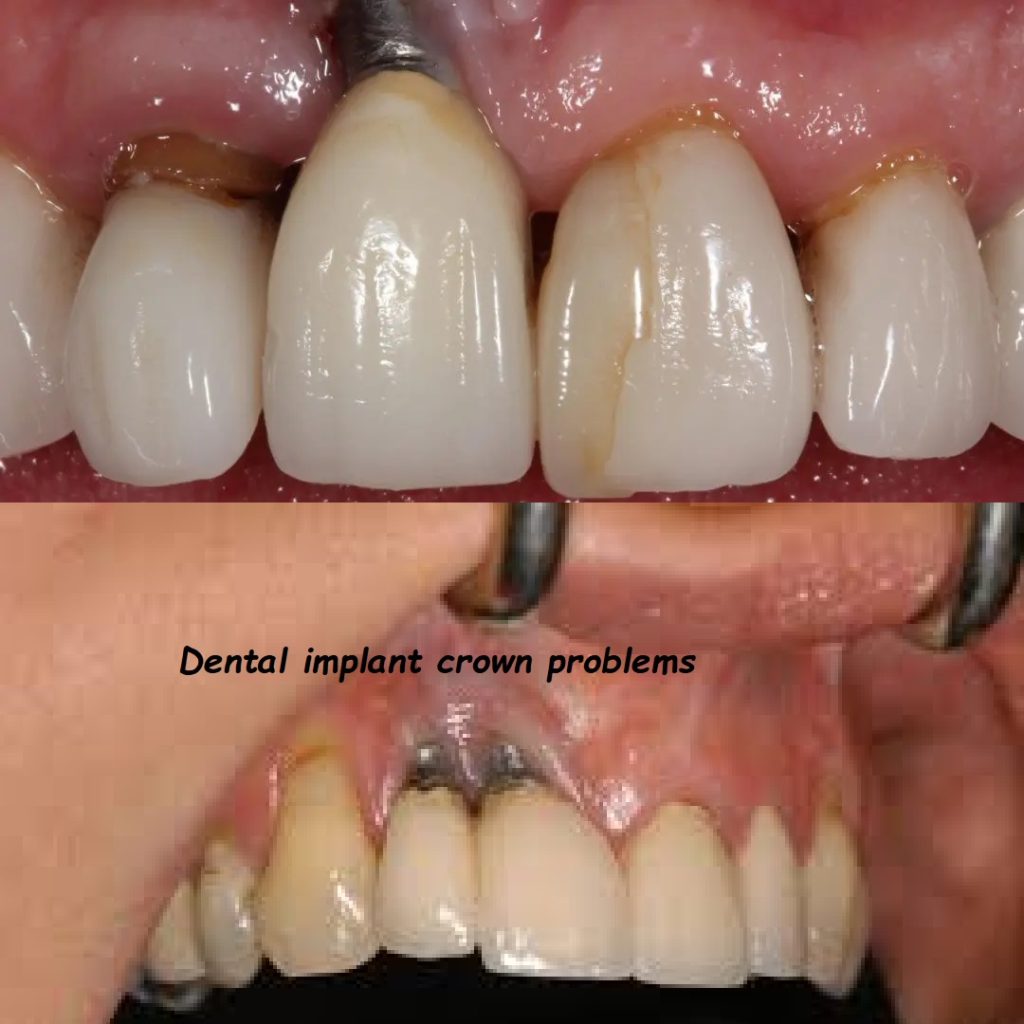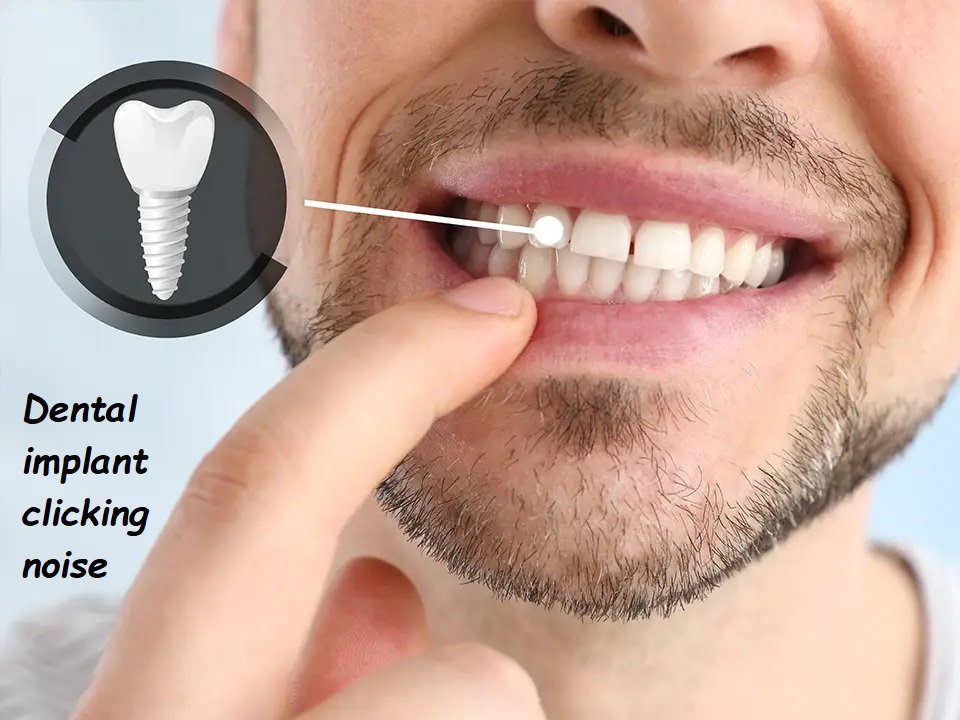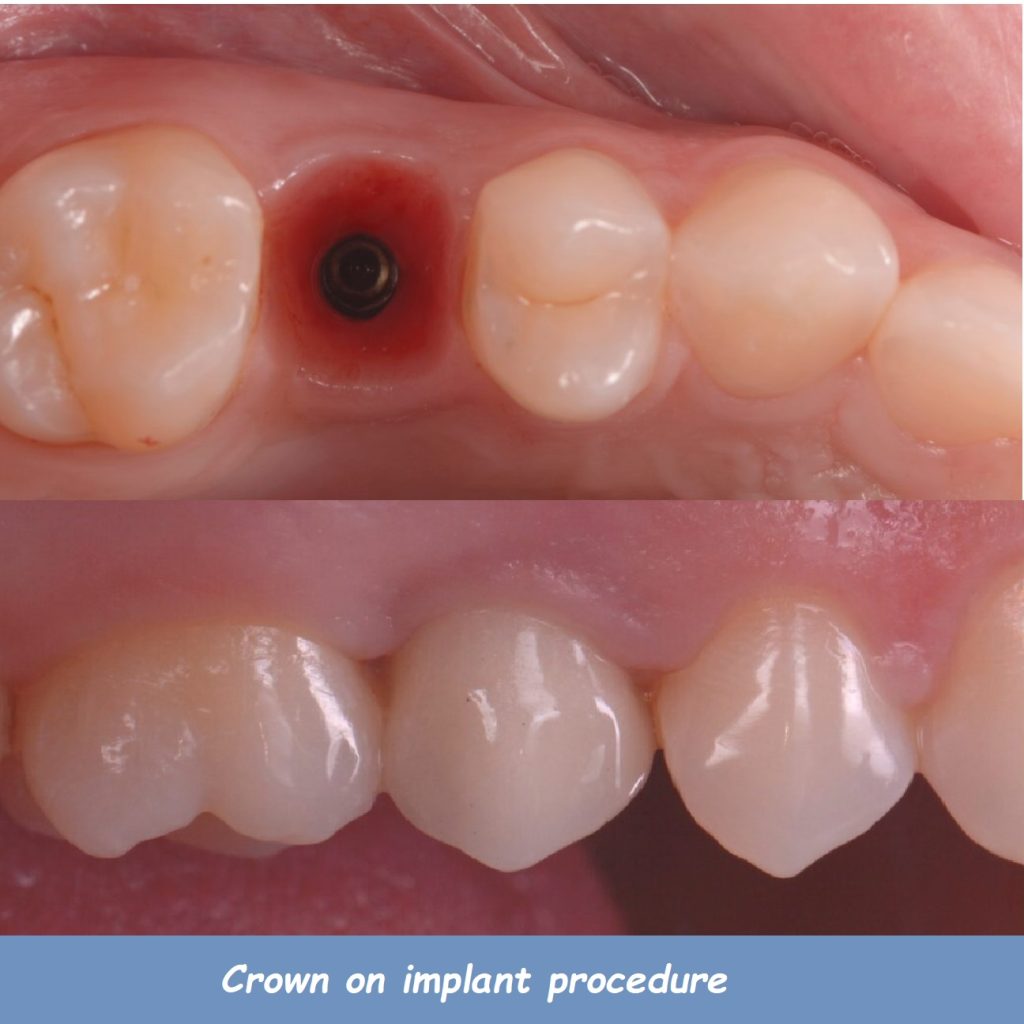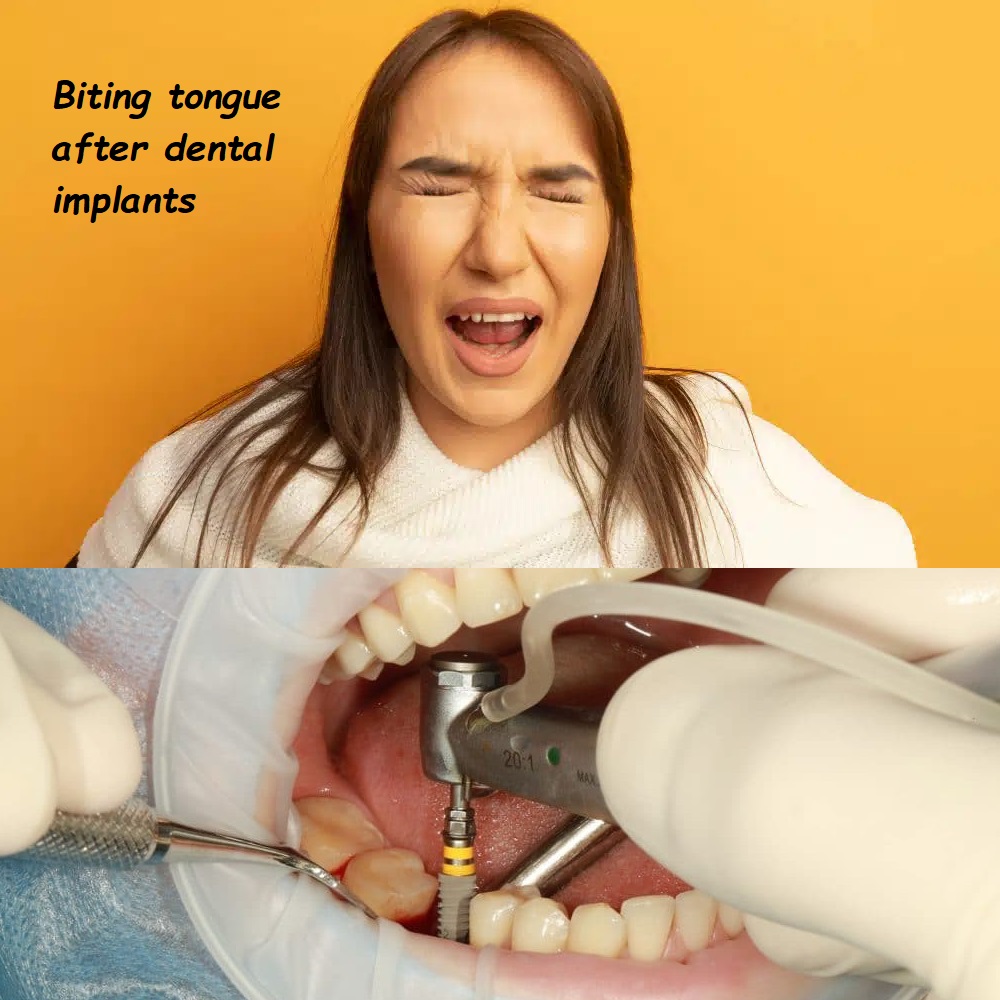Mini dental implants vs regular implants
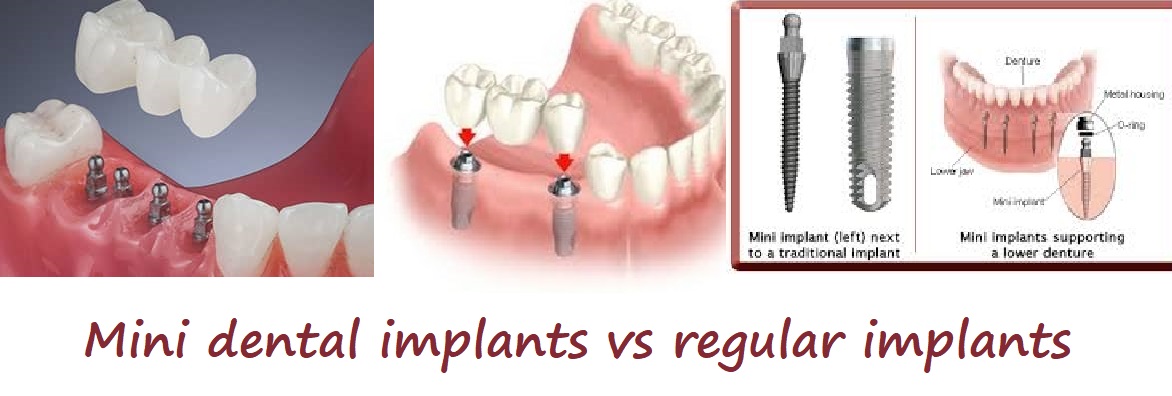
Dental implants are a popular and effective solution for replacing missing teeth. They come in two main types: mini dental implants and regular dental implants. Each type has its own set of benefits, drawbacks, and uses. This guide will explore the differences between mini dental implants and regular implants, helping you decide which option might be best for your dental needs.
What Are Dental Implants?
Dental implants are artificial tooth roots made of titanium that are surgically placed into the jawbone. They provide a stable base for attaching replacement teeth, such as crowns, bridges, or dentures. The implants integrate with the jawbone through a process called osseointegration, ensuring a secure and durable fit.
Regular Dental Implants
Overview
Regular dental implants, also known as standard or conventional implants, have been used for decades to replace missing teeth. They typically have a diameter of 3.5 to 6 millimeters and require sufficient bone density for placement.
Procedure
The placement of regular dental implants involves several steps:
- Consultation and Planning: A thorough evaluation of your oral health, including X-rays or CT scans, to create a treatment plan.
- Implant Placement: The titanium post is surgically inserted into the jawbone under local anesthesia.
- Healing and Osseointegration: A healing period of 3 to 6 months allows the bone to grow around the implant, securing it in place.
- Abutment Placement: Once osseointegration is complete, an abutment is attached to the implant.
- Crown Placement: The final step involves attaching a custom-made crown to the abutment.
Benefits
- Durability: Regular implants are known for their long-term durability and can last many years with proper care.
- Stability: They provide excellent stability for replacement teeth, allowing for natural chewing and speaking.
- Bone Preservation: Regular implants help maintain jawbone density by stimulating the bone during chewing.
Drawbacks
- Invasive Procedure: The surgical process is more invasive and requires a longer healing time.
- Bone Requirements: Sufficient bone density is necessary, which may require bone grafting for some patients.
- Cost: Regular implants tend to be more expensive due to the complexity of the procedure and materials used.
Mini Dental Implants
Overview
Mini dental implants are smaller in diameter than regular implants, typically ranging from 1.8 to 3.3 millimeters. They are often used in cases where bone density is insufficient for regular implants and can also support dentures and other restorations.
Procedure
The placement of mini dental implants is generally quicker and less invasive:
- Consultation and Planning: Similar to regular implants, an evaluation of your oral health is performed.
- Implant Placement: Mini implants are inserted into the jawbone using a minimally invasive procedure, often under local anesthesia.
- Immediate Loading: In many cases, the replacement teeth can be attached to the mini implants on the same day.
Benefits
- Less Invasive: The procedure is less invasive, resulting in a shorter healing time and less discomfort.
- Bone Requirements: Mini implants can be placed in areas with less bone density, reducing the need for bone grafting.
- Cost-Effective: They are generally more affordable than regular implants due to the simpler procedure and smaller size.
Drawbacks
- Durability: Mini implants may not be as durable as regular implants and might have a shorter lifespan.
- Stability: While they provide good stability, they may not be suitable for all types of restorations, especially in areas requiring high bite force.
- Limited Use: Mini implants are often used for temporary solutions or specific cases, such as supporting dentures.
Comparison of Mini Dental Implants and Regular Implants
Size and Structure
- Mini Implants: Smaller in diameter (1.8 to 3.3 mm) and often used when there is limited bone density.
- Regular Implants: Larger in diameter (3.5 to 6 mm) and provide greater stability and durability.
Procedure and Healing Time
- Mini Implants: Less invasive with a shorter healing time, often allowing for immediate loading.
- Regular Implants: More invasive with a longer healing time due to the osseointegration process.
Cost
- Mini Implants: Generally more affordable due to the simpler procedure and smaller size.
- Regular Implants: Tend to be more expensive because of the complex procedure and higher material costs.
Durability and Stability
- Mini Implants: May not be as durable and are often used for temporary solutions or in specific cases.
- Regular Implants: Known for their long-term durability and provide excellent stability for a wide range of restorations.
Bone Requirements
- Mini Implants: Can be placed in areas with less bone density, reducing the need for bone grafting.
- Regular Implants: Require sufficient bone density, which may necessitate bone grafting for some patients.
Which Option is Right for You?
Choosing between mini dental implants and regular implants depends on several factors, including your oral health, bone density, budget, and specific dental needs. Here are some considerations to help you decide:
Mini Dental Implants May Be Suitable If:
- You have insufficient bone density for regular implants and do not want to undergo bone grafting.
- You are looking for a less invasive and quicker procedure with a shorter healing time.
- You need a cost-effective solution for tooth replacement.
- You require temporary support for dentures or other restorations.
Regular Dental Implants May Be Suitable If:
- You have sufficient bone density or are willing to undergo bone grafting if necessary.
- You seek a long-term, durable solution for tooth replacement.
- You require maximum stability and support for restorations in areas with high bite force.
- You are prepared for a more invasive procedure with a longer healing time.
Caring for Dental Implants
Whether you choose mini dental implants or regular implants, proper care and maintenance are essential to ensure their success and longevity. Here are some tips for taking care of your dental implants:
Maintain Good Oral Hygiene
- Brush Twice Daily: Use a soft-bristled toothbrush and non-abrasive toothpaste to clean around the implants.
- Floss Daily: Use floss or interdental brushes to remove plaque and food particles between the implants and natural teeth.
- Use Antibacterial Mouthwash: Rinse with an antibacterial mouthwash to reduce the risk of infection.
Regular Dental Check-Ups
- Visit Your Dentist Regularly: Regular check-ups and professional cleanings are crucial for monitoring the health of your implants and surrounding tissues.
- Address Issues Promptly: If you notice any signs of problems, such as pain, swelling, or changes in the gum tissue around the implant, contact your dentist immediately.
Avoid Harmful Habits
- Avoid Smoking: Smoking can impair healing and increase the risk of implant failure.
- Limit Hard Foods: Avoid chewing on hard objects like ice, hard candies, or pens, as they can damage the implants or crowns.
Protect Your Implants
- Wear a Mouthguard: If you grind your teeth at night or participate in contact sports, wearing a mouthguard can protect your implants from damage.
- Stay Hydrated: Drinking plenty of water helps keep your mouth clean and hydrated, promoting overall oral health.
Conclusion
Both mini dental implants and regular dental implants offer effective solutions for replacing missing teeth, each with its own set of advantages and considerations. Mini implants are less invasive, more affordable, and suitable for patients with limited bone density, while regular implants provide greater durability and stability for a wide range of restorations.
Choosing the right type of implant depends on your individual needs, oral health, and preferences. Consulting with a qualified dental professional is essential to determine the best option for you. With proper care and maintenance, both types of implants can help you achieve a healthy, functional, and aesthetically pleasing smile.


